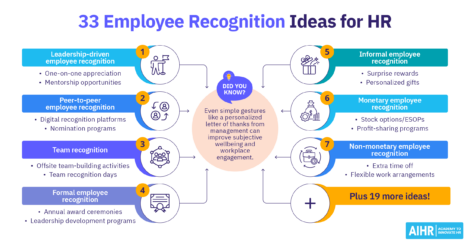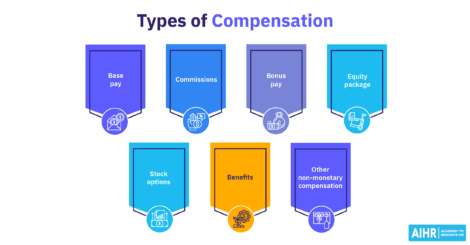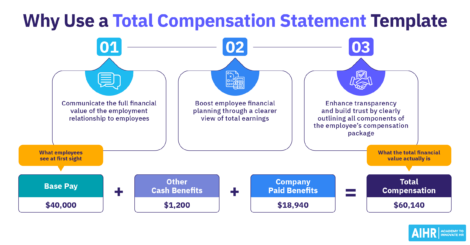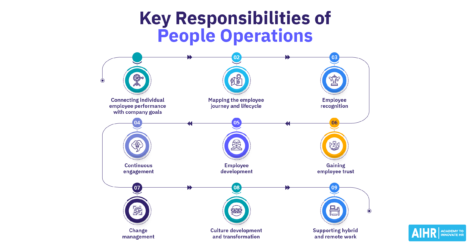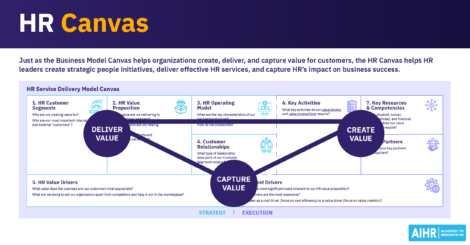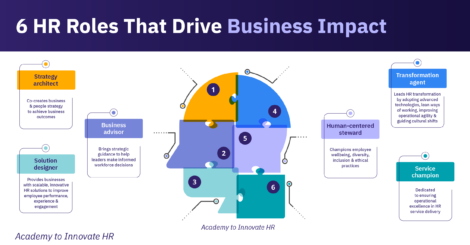What Is Incentive Compensation? Your 101 Guide in 2025
Incentive compensation works—a one-off $50 million incentive investment can lead to a recurring $1 billion value above regular business performance.

Incentive compensation can motivate employees to meet and exceed business targets by strategically linking their performance to rewards.
Attractive financial incentives can attract and retain top performers and drive sales, production, and transformation improvements. Successful incentive compensation plans involve self-funding since employees receive their bonuses only after meeting their targets.
However, if not correctly designed or managed, they can also spell disaster, as Wells Fargo experienced. This article provides the key details and examples of incentive compensation and discusses how to develop fair, sustainable incentive compensation plans.
Contents
What is incentive compensation?
The pros and cons of incentive compensation
9 examples of incentive compensation
Differences between short- and long-term incentives
How is incentive pay calculated?
How to design fair, sustainable incentive compensation plans
What is incentive compensation?
Incentive compensation (also called incentive pay) is a structured rewards system tied to achieving specific performance targets. Linking compensation to desired outcomes aligns employee goals with organizational objectives.
Unlike a traditional bonus, which is typically a one-time annual reward, incentive compensation is a long-term compensation strategy designed to drive consistently high performance.
Well-structured incentive compensation plans offer companies multiple benefits, such as better employee performance, retention rates, and morale. It’s also an effective method for building a more engaged, productive, and outcomes-driven workforce.
The pros and cons of incentive compensation
By understanding the pros and cons of incentive pay, you can add it to your company’s compensation and benefits plan. This approach helps align employee performance with your organization’s goals effectively.
The pros
- Encourages employee performance: Tying an employee’s rewards directly to specific performance metrics can boost their motivation, making them more likely to invest more time and effort into their performance.
- Supports goal alignment: Incentive compensation aligns employee goals with organizational objectives and rewards behaviors that increase the company’s overall success. This creates a culture of shared purpose and collaboration.
- Attracts top talent: Competitive incentive compensation packages can help attract and retain top talent by differentiating the company from its competitors.
The cons
- Unhealthy competition: Combining incentives with salary can lead to unhealthy employee competition. If not managed carefully, this can lead to a hostile work environment that erodes team morale.
- Unethical or harmful behavior: When incentive plans over-emphasize the urgency of closing deals, for instance, salespeople may prioritize short-term financial gain over client needs. This can affect client relationships and future sales opportunities.
- Added complexity: Designing and managing an incentive compensation program can be complex and time-consuming. You must carefully consider performance metrics, payout formulas, and administrative processes to ensure the program is fair, equitable, and aligned with company goals.
- Additional costs: Implementing an incentive compensation program can also increase costs. While the potential benefits often outweigh the costs, optimizing such a program is essential to ensure a positive return on investment (ROI).
9 examples of incentive compensation
Here are nine common incentive pay examples you can review before selecting the ones best suited to your company’s strategic objectives: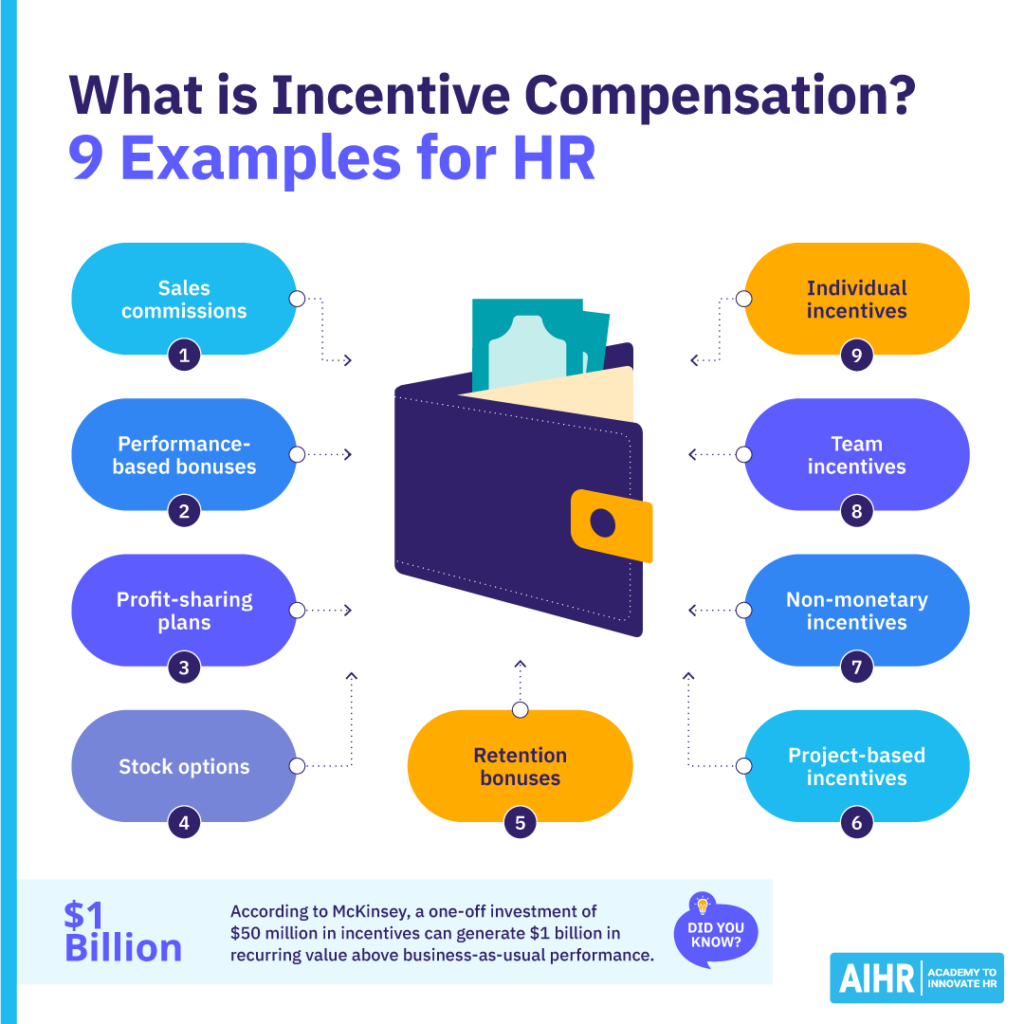
Example 1: Sales commissions
Sales commissions directly reward salespeople for meeting or exceeding their sales targets. For instance, a tech company might offer a 10% commission on every software license sold, motivating its salespeople to close more deals.
Make sure that the targets you set are realistic and attainable to increase the effectiveness of your sales commissions. Also, consider offering a base salary to provide a safety net for your salespeople.
Example 2: Performance-based bonuses
Performance-based bonuses are tied to individual, team, or company-wide performance metrics. For example, a manufacturing business might offer an annual bonus based on the team’s achievement of productivity and quality metrics targets.
Team leaders should clearly communicate all relevant performance criteria to their entire teams to ensure fairness and transparency. Encourage employees to ask questions if they’re unclear on the details.
Examples 3: Profit-sharing plans
Profit-sharing plans reward top performers with a share of the company’s profits. For instance, to attract top talent and drive performance, a small business might allocate a portion of its annual profits to employees based on their salary or tenure.
You can maximize employee engagement by clearly communicating how the profit-sharing plan works and how individual contributions can impact the overall pool of profits.
HR top burning question
How can I balance short-term incentives with long-term incentives to maximize employee engagement?
AIHR Subject Matter Expert, Laksh Sharma, says: “To balance both, it’s important to align rewards with both immediate performance or delivery-related goals and strategic, future-focused objectives or goals.
Short-term incentives provide instant recognition and engagement, whereas long-term incentives build long-term commitment and sustainable engagement. By clearly communicating how both types of incentives align with organizational goals, you can maximize employee engagement.”
Example 4: Stock options
Stock options grant employees the right to purchase company stock at a predetermined price. For instance, a tech start-up might offer stock options to key employees as part of their total compensation package. In doing so, they align their executives’ interests with the company’s long-term growth.
Offering stock option incentives can be tricky due to their complexity and potential costs. Granting options can significantly dilute existing shareholder value, and managing them involves legal complexities.
There can also be unintended consequences, such as an obligation to sell shares to an employee whose relationship with the company has deteriorated. To make stock options effective, ensure the price is fair and that employees understand the potential risks and rewards.
Example 5: Retention bonuses
A company may offer retention bonuses to retain key talent during critical periods, such as mergers, acquisitions, or other major organizational changes. For instance, experienced employees might receive retention bonuses to prevent turnover during peak periods.
You can improve the effectiveness of your company’s retention bonuses by offering them in periodic installments to encourage employees to remain with the company for the desired tenure. Alternatively, you can set a maturity date in the future on which they will receive their bonuses.
Example 6: Project-based incentives
Project-based incentives reward employees for completing specific projects or achieving project milestones. For example, a consulting firm might offer bonuses to a project team for successfully delivering a project on time and within budget.
Establish clear performance and delivery criteria and a transparent evaluation process to ensure fairness and transparency.
Learn to design fair, competitive incentive compensation plans
Develop your skills in creating fair, competitive, and sustainable compensation plans. Also, learn how to be adept at negotiation, data interpretation, and stakeholder management to achieve this.
AIHR’s Compensation and Benefits Certificate Program will teach you the skills you need to interpret data, identify compensation gaps, and align rewards, performance, and culture.
Example 7: Non-monetary incentives
Non-monetary incentives—such as recognition, flexible work arrangements, and professional development opportunities—can be as impactful as financial rewards. Some companies recognize high-performing employees through public acknowledgments, awards, or special perks.
To maximize the impact of non-monetary incentives, you can tailor them to suit individual preferences and ensure employees perceive them as fair, valuable, and meaningful.
Example 8: Team incentives
Team incentives reward a team’s collective efforts. For instance, a company may reward all the members of its client service team for successfully reducing caller wait times and achieving targets for satisfaction ratings.
By clearly communicating key metrics and providing the support teams require to reach their goals, you can help ensure fairness and maximize employee motivation through team incentives.
Example 9: Individual incentives
These incentives recognize and reward an individual’s specific contributions and achievements. For example, a sales representative might be rewarded for exceeding their quarterly sales quota.
Communicate the desired behaviors and outcomes clearly to employees to align individual incentives with organizational goals. At the same time, to enhance employee engagement, consider implementing a peer-review process to assess and reward individual contributions.
Differences between short- and long-term incentives
Incentive programs can drive short-term results and long-term gains. This table explains the differences between short- and long-term incentives to help you select the right compensation plan for your company.
What it is
Rewards are tied to immediate or near-term performance goals, typically spanning up to one year.
Rewards focused on aligning employees with long-term company objectives, often spanning at least three to five years.
What is the purpose
To drive immediate results, such as increased sales, project completions, or quarterly performance.
To promote employee engagement and loyalty and ensure alignment with the company’s strategic growth and sustainability.
Examples
- Sales commissions
- Performance-based bonuses
- Project completion incentives.
- Stock options or equity grants
- Profit-sharing plans
- Long-term performance bonuses tied to KPIs.
What is the duration
Short-term, individual performance.
Long-term, company-wide performance.
Target metrics to track
Individual or team-based metrics, such as sales targets, customer satisfaction goals, or project milestones.
Company-wide metrics, such as revenue growth, profitability, or market share increase.
What is the impact
Can motivate employees to work harder in the short term but may not align with long-term company goals.
Can support long-term perspective, and align employees with the company’s strategic vision and revenue goals.
What are the risks
May lead to short-term thinking and a focus on individual performance over team collaboration.
May reduce employee motivation if not properly designed or managed.
What is it best for
Companies that need to quickly drive short-term results or motivate employees to achieve specific goals.
Companies that want to build a long-term, high-performing culture and align employee goals with their strategic objectives.
How is incentive pay calculated?
Calculating incentive pay is a complex task that requires you to carefully consider various factors. Here are three standard approaches to help you define your incentive compensation parameters:
1. Percentage-based calculation
This calculation method is popular in sales-driven organizations. For instance, a salesperson might earn a 10% commission on every sale closed once they exceed a minimum target. In sales compensation, balancing commission structures to prevent excessive risk-taking and short-term focus is important.
You can also use this calculation for performance bonuses, which are often tied to a percentage of an employee’s base salary. For instance, a high-performing employee might earn a 15% bonus. To maximize effectiveness, ensure clearly defined, objectively measured performance metrics employees perceive as fair.
2. Fixed rewards
An example of fixed rewards is fixed bonuses—predetermined amounts employees receive for meeting specific performance targets. While they’re relatively easy to implement, they may not be as motivating as variable pay (e.g., uncapped commission).
Another example is milestone-based rewards, whereby employees receive fixed rewards for achieving specific milestones. This can help maintain focus and momentum on long-term projects and goals, but realistic and challenging milestones are required to work.
3. Tiered rewards
Progressive rewards fall under this category. This approach rewards employees based on increasing levels of performance. For example, an employee might receive a 5% bonus for meeting expectations, 10% for exceeding them, and 15% for outstanding performance beyond their set targets.
Threshold-based rewards, on the other hand, go to employees only if they meet a specific performance threshold. This can be a powerful performance motivator. If offering this kind of reward, be sure to set your threshold at a challenging yet achievable level.
How to design fair, sustainable incentive compensation plans
These guidelines can help you design and implement incentive compensation plans that motivate your employees to achieve goals aligned with organizational success.
Step 1: Define clear objectives aligned with company goals
A good incentive pay plan always starts with an organization’s strategic goals. Is your company striving for profitable revenue growth, a turnaround, or an entire transformation? Each scenario calls for a different plan design.
Before proceeding, define your company’s strategic objectives clearly and outline how incentive compensation can align.
Step 2: Identify measurable performance metrics
First, evaluate the effectiveness of existing compensation plans, including base salaries, bonuses, and benefits. Next, analyze job roles and responsibilities to identify key performance indicators (KPIs) for each position. You can then determine how to tie incentives to these metrics to support organizational goals.
Consider using SMART (specific, measurable, achievable, relevant, and time-bound) goals to define performance expectations and ensure employees can meet them.
Step 3: Ensure equity and transparency
Focus on developing a fair and equitable compensation system that consistently treats all employees. Clearly communicate the performance metrics, reward criteria, and payout formulas to all employees. Transparency builds trust and ensures employees understand how the organization will reward their efforts.
It’s crucial to know what behavior your incentives will drive and whether they align with your values and intended outcomes. For example, are you rewarding speed over quality or incentivizing high-touch customer services? A good incentive drives the right behavior to achieve the intended result, focusing on the why, what, and how.

Step 4: Design competitive rewards using market benchmarks
Conduct regular market research to inform your incentive compensation plan design. This can help you ensure the plan is competitive and attractive to top talent. By benchmarking your compensation plan against industry standards; you can avoid offering employees excessive or insufficient rewards.
Step 5: Communicate the plan clearly to employees
Once you’ve completed your incentive compensation plan design, clearly communicate it to all employees. This should include the plan’s eligibility criteria, performance metrics, and reward structures.
Be sure to also regularly provide updates on your plan’s performance and any changes you may need to make to it.
Step 6: Monitor and adjust the plan
Regularly monitor employee performance and track the incentive compensation plan’s effectiveness. Be prepared to adjust your plan as needed to adapt to changes in the business environment, employee needs, or strategic priorities.
At the same time, encourage employee feedback and consider them seriously so you can make any necessary changes to the plan.
To sum up
Incentive compensation can drive results when clear, fair, and aligned with business goals. Companies can boost productivity, morale, and retention by tying rewards to performance while keeping employees focused on what matters most. The key to success in this area is to set clear objectives, use measurable metrics, and be transparent.
To make it work, balance is essential. A good plan motivates employees without creating unhealthy competition or bad behaviors. When done right, incentive compensation builds a culture of accountability and achievement, benefiting employees and the business.
Learn more
Related articles
Are you ready for the future of HR?
Learn modern and relevant HR skills, online







